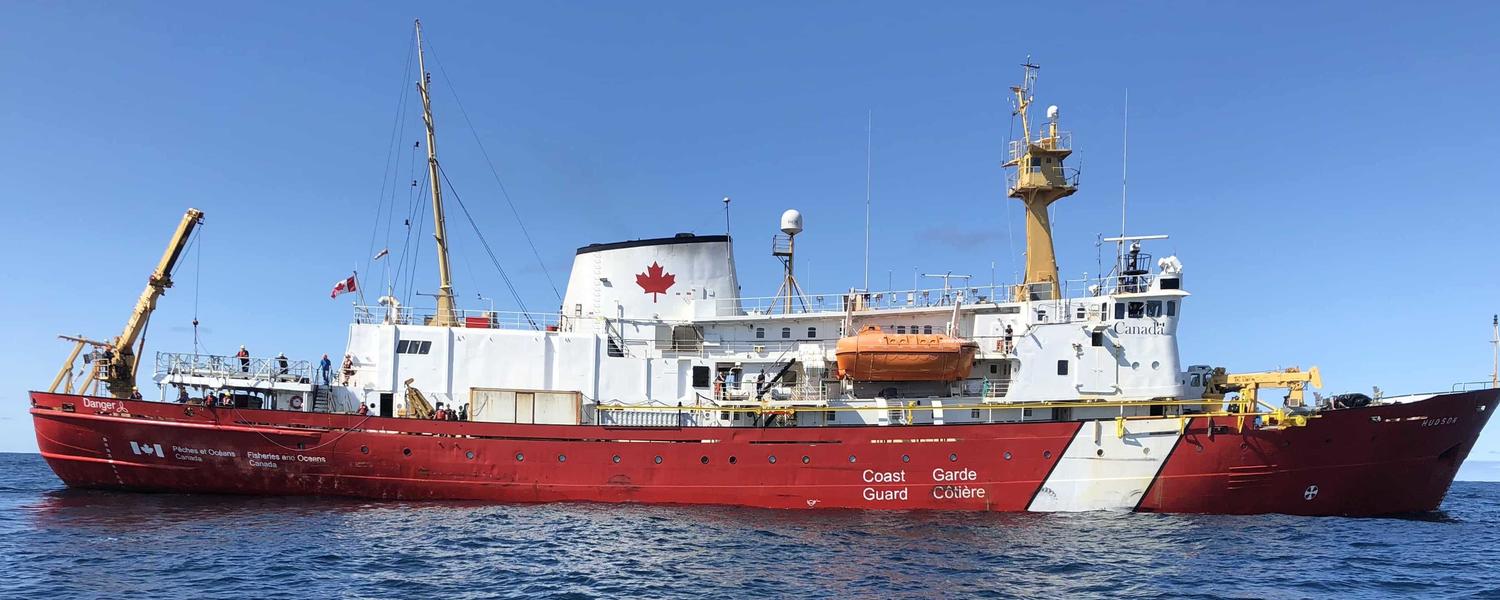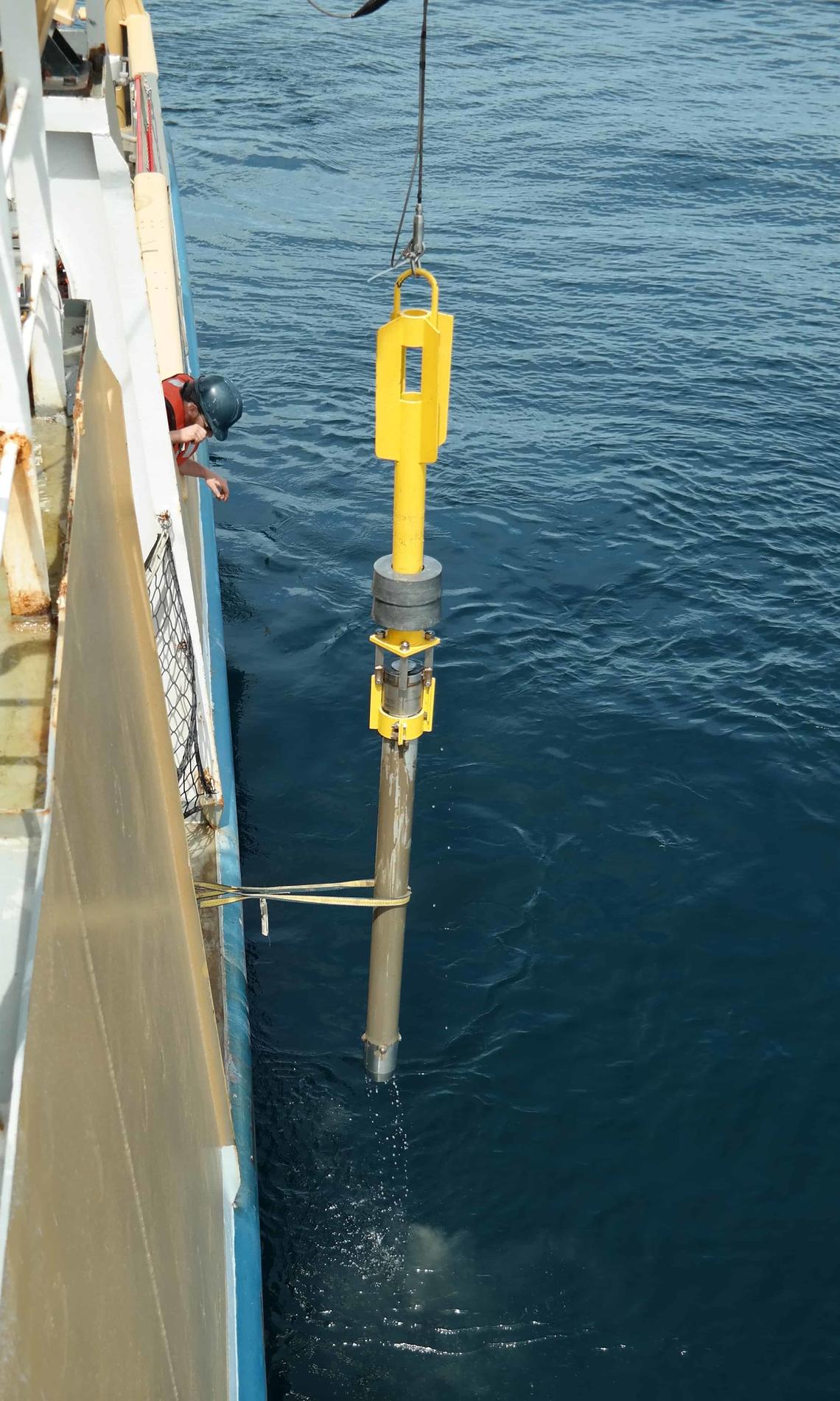
Marine Microbial Biodiversity and Hydrocarbon Seep Detection


Marine hydrocarbon seeps are areas of the seabed where oil and gas naturally seep out of leaky subsurface reservoirs, up through the sediment, and into the seabed. This natural release of energy-rich fluids allow conspicuous oases of biodiversity to establish in the seabed, that are very different than background surroundings. In this way geofluid release from hydrocarbon seeps is similar to energy-rich fluid discharges at mid ocean ridges where warm and hot fluids are expelled from the ocean crust into bottom water. Hydrocarbon seeps are also referred to as “cold seeps” to differentiate these two phenomena. Relatively little work has been performed at hydrocarbon seeps in the deep sea, and the Geomicrobiology Group is addressing this by investigating microbial diversity anomalies in areas of seepage in the NW Atlantic Ocean off the coast of Nova Scotia, and in the deep waters of the Eastern Gulf of Mexico. The group is also investigating hydrocarbon seepage in Baffin Bay at Scott Inlet where the Arctic Ocean maintains permanently cold temperatures. Seeps provide a natural laboratory for studying marine hydrocarbon-degrading bacteria. They also offer a portal that connects the deep subsurface biosphere with the surface marine biosphere, and our group is actively investigating the hypothesis that cells from deeper sedimentary layers are being transported upwards with advecting hydrocarbon fluids. We are especially interested in thermophilic spore-forming bacteria that are known to inhabit deep oil reservoirs, and whether or not geofluid flow vectors like hydrocarbon seepage govern their dispersal and explain observations of thermospores in the marine rare biosphere.

Marine hydrocarbon seep detection is also used in offshore oil and gas exploration. Microbiology information can be useful in the context of prospecting for seeps, a process that traditionally relies on geochemistry. The same microbiology and microbial biodiversity information also offers environmental baseline data. There is strategic value in obtaining this baseline information in areas of hydrocarbon seepage, because these represents regions of the ocean where future industrial activity is being contemplated. Rapid high throughput DNA sequencing for describing microbial biodiversity is a strategic avenue for baseline determination and environmental effects monitoring; microbial communities respond rapidly to perturbation, reorganising in ways that can be detected sensitively and rapidly, e.g., using our in-house Illumina MiSeq DNA sequencer.
The Geomicrobiology Group’s research on hydrocarbon seep biodiversity and detection is and has been funded by NSERC, ExxonMobil, and Genome Canada.

